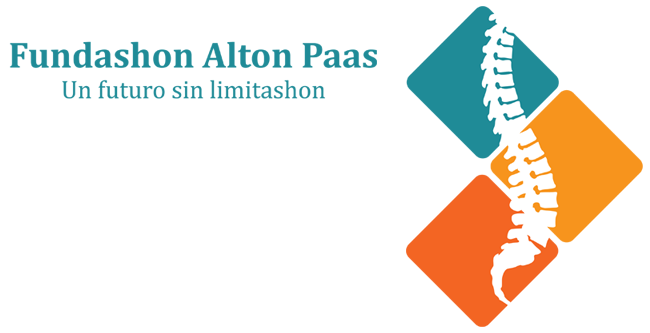On January 10, 2012, Agustin Zanoli was 18 years old and spent his summer vacation in Carilo, a seaside resort on the Argentine coast. During a quad race in sand dunes the Cordoba resident, now 24, lost the use of his arms and legs. At the end of 2015, he met Daniel Sequeiros, an engineer in aeronautics and micro-electronics, who specializes in designing drones.
He began to work on a technological challenge, thinking up ways to allow a person with quadriplegia to fly a drone. The resulting system means that Mr Zanoli can pilot a quadcopter, complete with an on board camera, which can reach a speed of 93 miles (150 kilometres) per hour.
Speaking about the experience, he told AFP: ‘Driving a racing drone gives me the same adrenaline as the quad bike or the bike. Operating a drone, much like playing a video game, requires a high degree of hand-eye coordination. Talk about biting off more than you can chew! Giant octopus…
So when Mr Siqueiros was told that Agustín could only move his head, he believed it would be and impossible task. But he finally found the solution in the form of a virtual reality helmet hooked up to a tension trigger that is placed inside Mr Zanoli’s mouth.
With the help of an electronics specialist and some engineering ingenuity Mr Zanoli learned to master flying racing drones. VR glasses allow him to view the camera feed from the drone directly. The speed of the drone is altered by by biting down the speed increases and relaxing your grip makes the drone slow down, like a foot being placed on the accelerator pedal of a car. The VR glasses allow the wearer to view the camera feed from the drone directly. Its direction of travel is controlled by tilting the head
Speaking about his invention, he said: ‘It’s fantastic to be able to put this technology at your disposal so that he can fly and feel this feeling of control and adrenaline without any risk.
Five years later on from his accident, Mr Zanoli is not hoping for a miracle, instead adapting to his situation. Aeronautical engineer Daniel Sequeiros worked on a volunteer basis, admiring Mr Zanoli’s determination and the fact that he never complains about his handicap.
Mr Sequeiros does not intend to patent his device, as he hopes that the technology will be duplicated elsewhere in the world, so that other people who are paralyzed can share the experience
